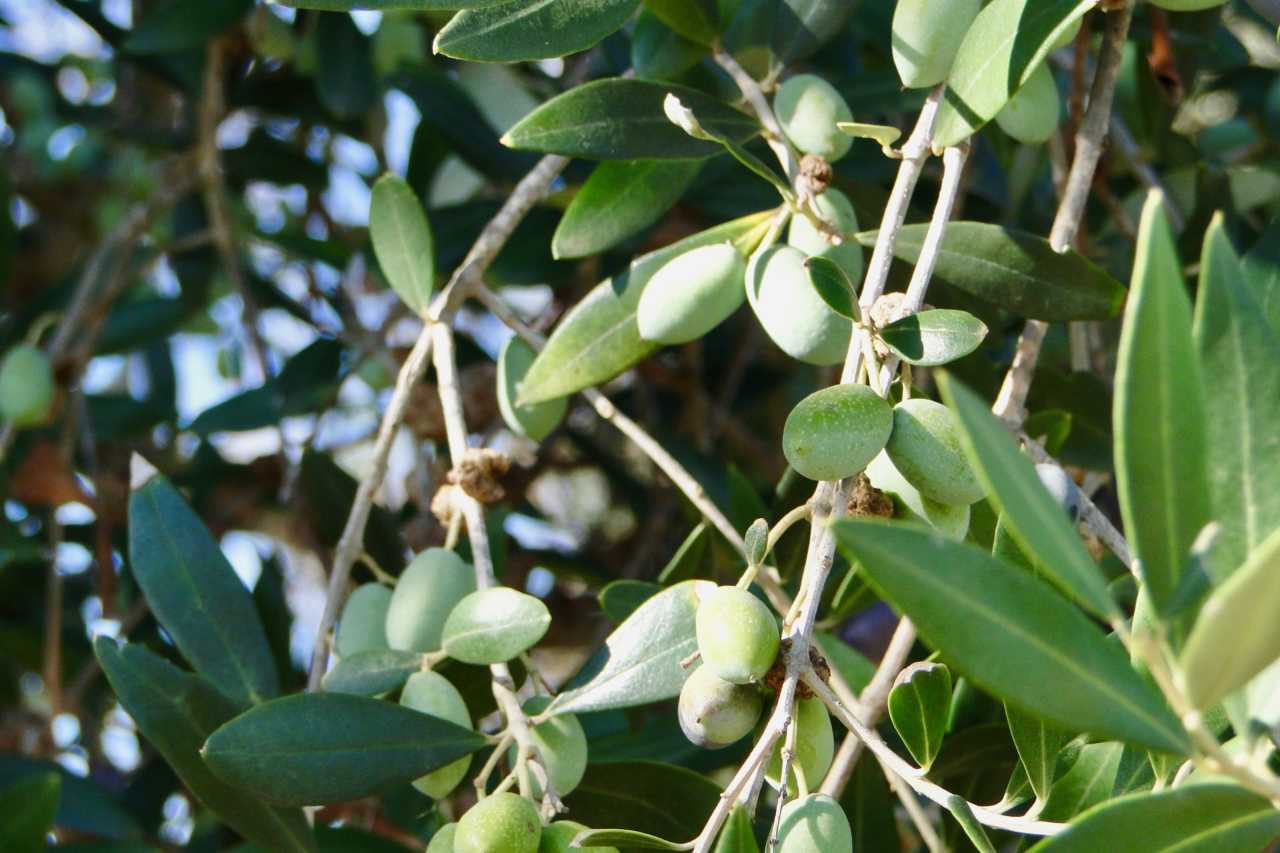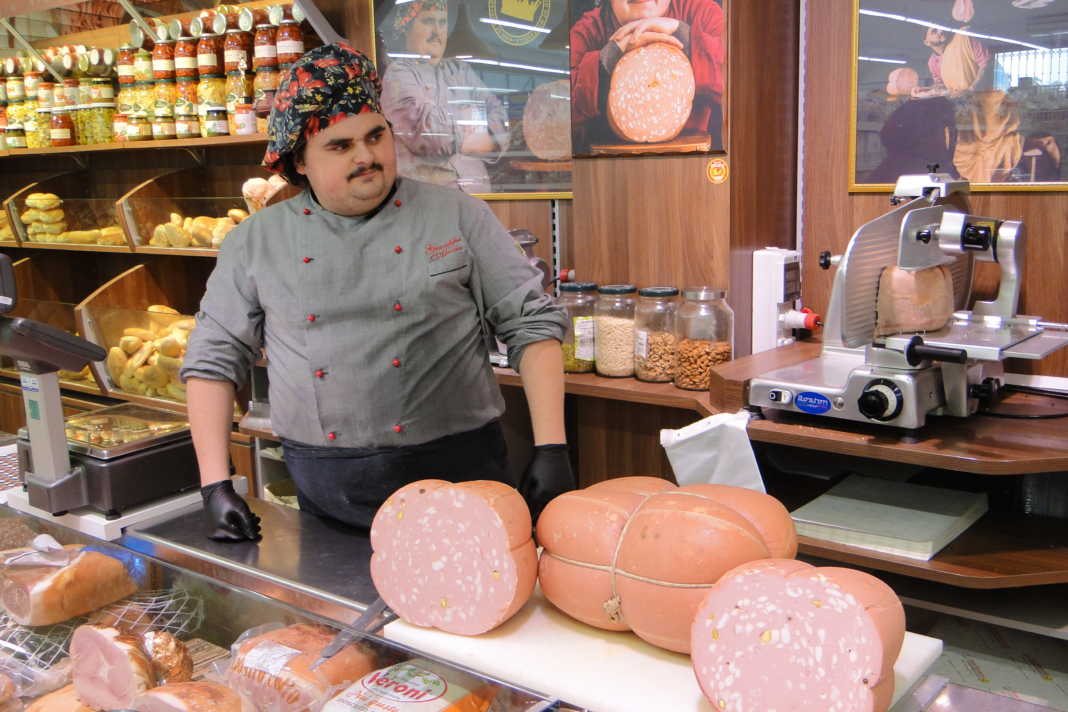For the tourist whose interests lay in religious, architectural, cultural and culinary travel ancient Apulia, the heel of the Italian boot, has been offering all for nearly 3,000 years. The first towns were Phoenician trade settlements that soon grew into prosperous cities expanding greatly under the hegemony of the Greek city-states (“Apulia” derives from the Greek language, but to Rome the name was the latin “Puglia”). Where there’s trade there are visitors.
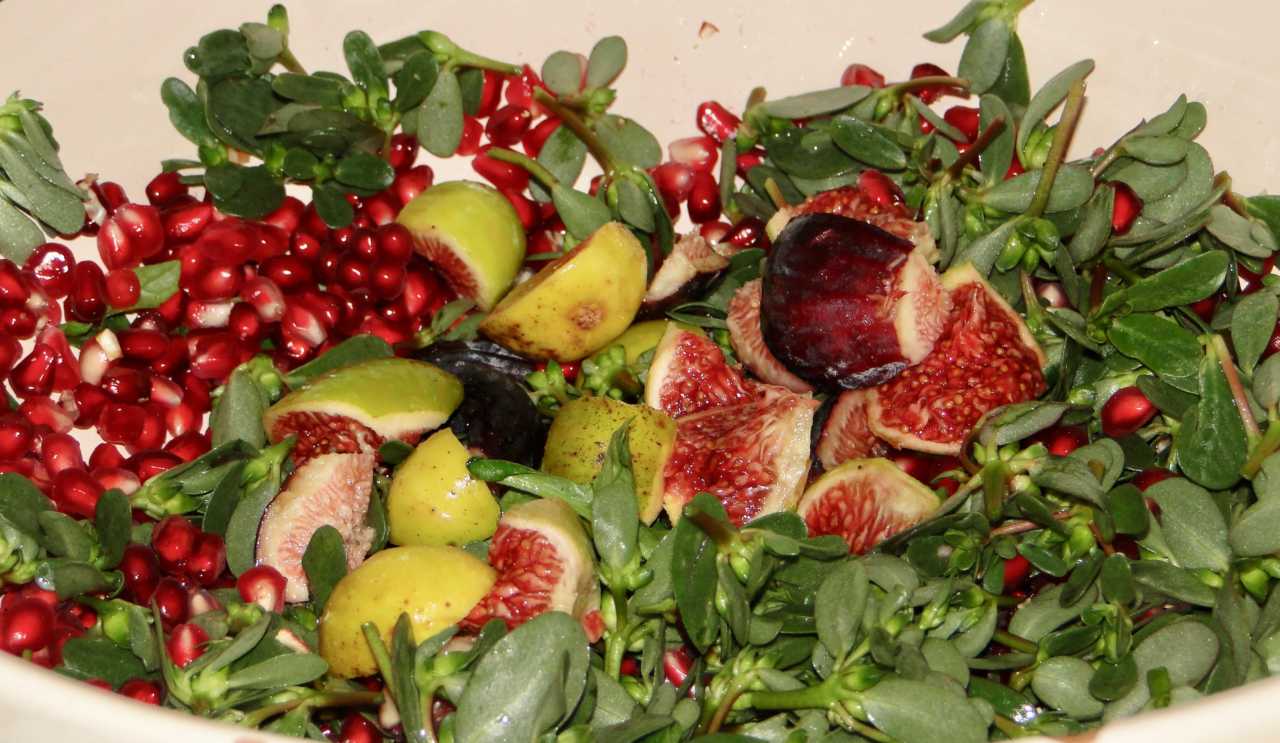
The rise of Christianity under the Roman Empire gave reason in the 4th century to an early pilgrimage trail: the path St. Peter walked on his first mission to Rome through Puglia after disembarking at Santa Maria di Leuca. Part one of this two part Hellenic News of America Puglia series (Puglia, Italy: from Magna Graecia to St. Peter) highlighted traditional architecture and the ecclesiastical importance of the region for the past 2,000 years.
Part two revels in Apulia’s rise in the 19th century as the tourist mecca it is today and a lot has to do with hungry visitors. Phoenicia, Greece and Rome were the middlemen for the wealth of the Spice and Silk Roads that connected the Orient to the Mediterranean and beyond. The colonies established in ancient Apulia were evidence of expanding prosperity and mutual trade, especially in culinary ingredients. The Ionian and Adriatic Seas both teemed with fish and seafood, and along with advantageous growing conditions the region’s gastronomy offered much to tantalize the hungry tourist – it still does.
Giuseppe Alessio: “King of Mortadella”
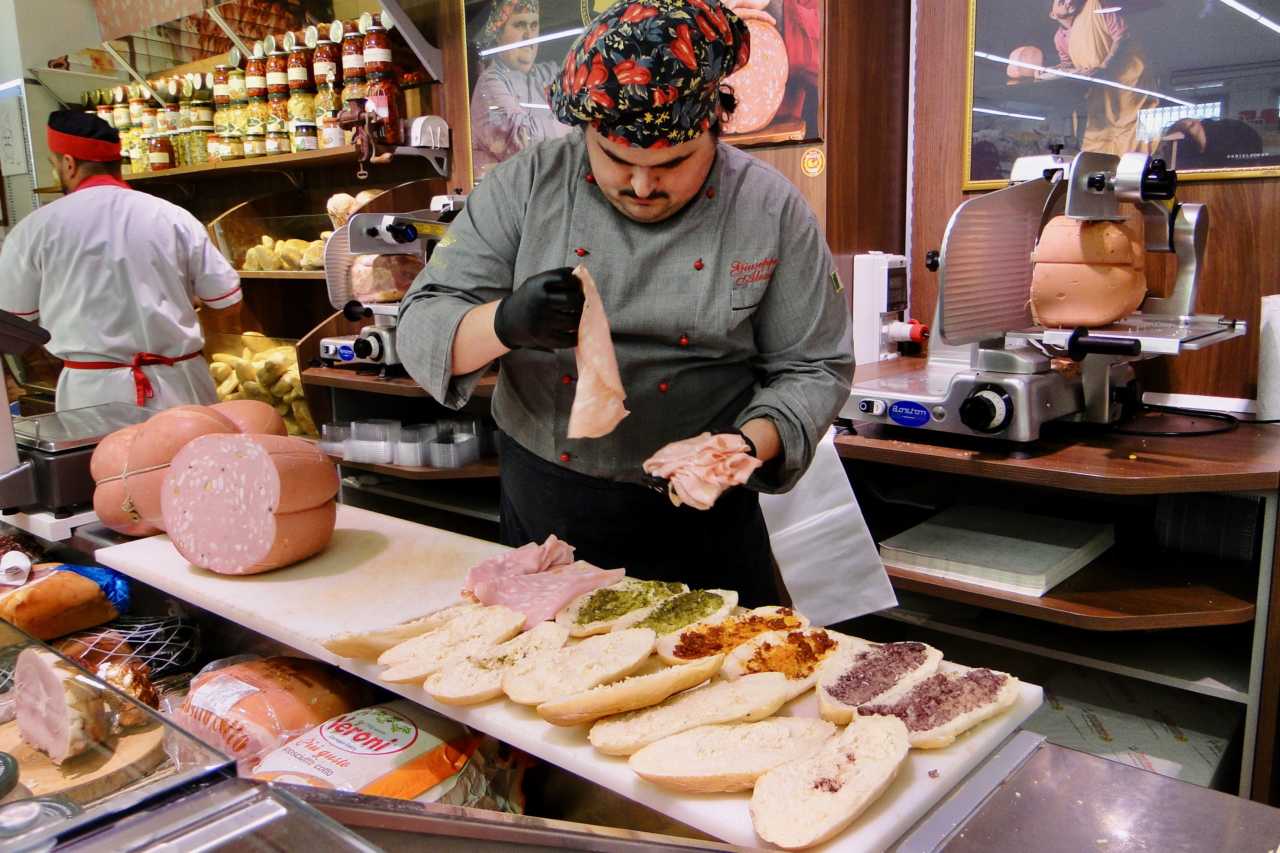
It was good for his brand when the Oscar winning actress of The Queen (Helen Mirren lives in the area) dubbed Giuseppe Alessio “King of Mortadella.” To the locals though, Punto Risparmio Supermercato (il mio) already was regarded as his palace.
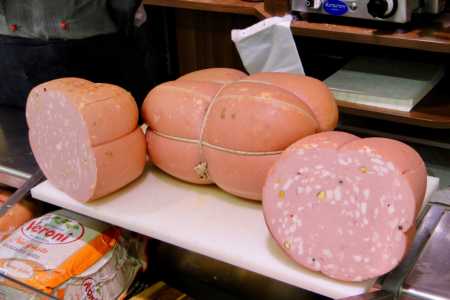
Mortadella, a product of Bologna, is a large Italian luncheon meat of heat-cured pork and spices, which incorporates at least 15% small cubes of pork fat and, traditionally, pistachios. The pistachio was introduced through the trade routes to the Italian peninsula from Central Asia. Yet that’s not the only attraction.
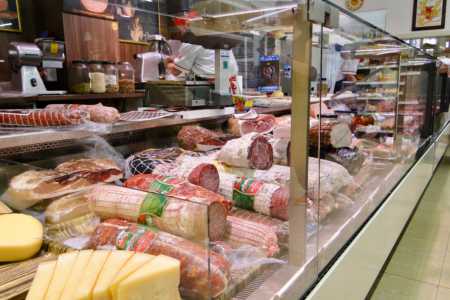
Giuseppe Alessio’s Tiggiano deli is a fine food market bursting with quality cheeses, cured meats and sausages. Whether it’s because the King shares a certain resemblance to Bologna’s native dish, Giuseppe is as much a reason to patronize the shop. You can ask his mother, she was present taking photos.
Giuseppe Alessio is a chef. He does not just sell fine foods; he crafts sought after sandwiches. Hardly the only meat available, his Mortadella sandwiches are the celebrity. It’s not just the product’s quality, but the imaginative spreads and cheeses as well.
I was reminded of Louisiana’s famous Muffuletta sandwich (which does have Italian origins) since Giuseppe adds an imaginative array of ingredients including an olive salad. He uses olive spreads, marinated dry tomatoes, red pepper spread, rapine spread and nut spread to mention a few. The spreads and mortadella are often topped with marinated peppers.
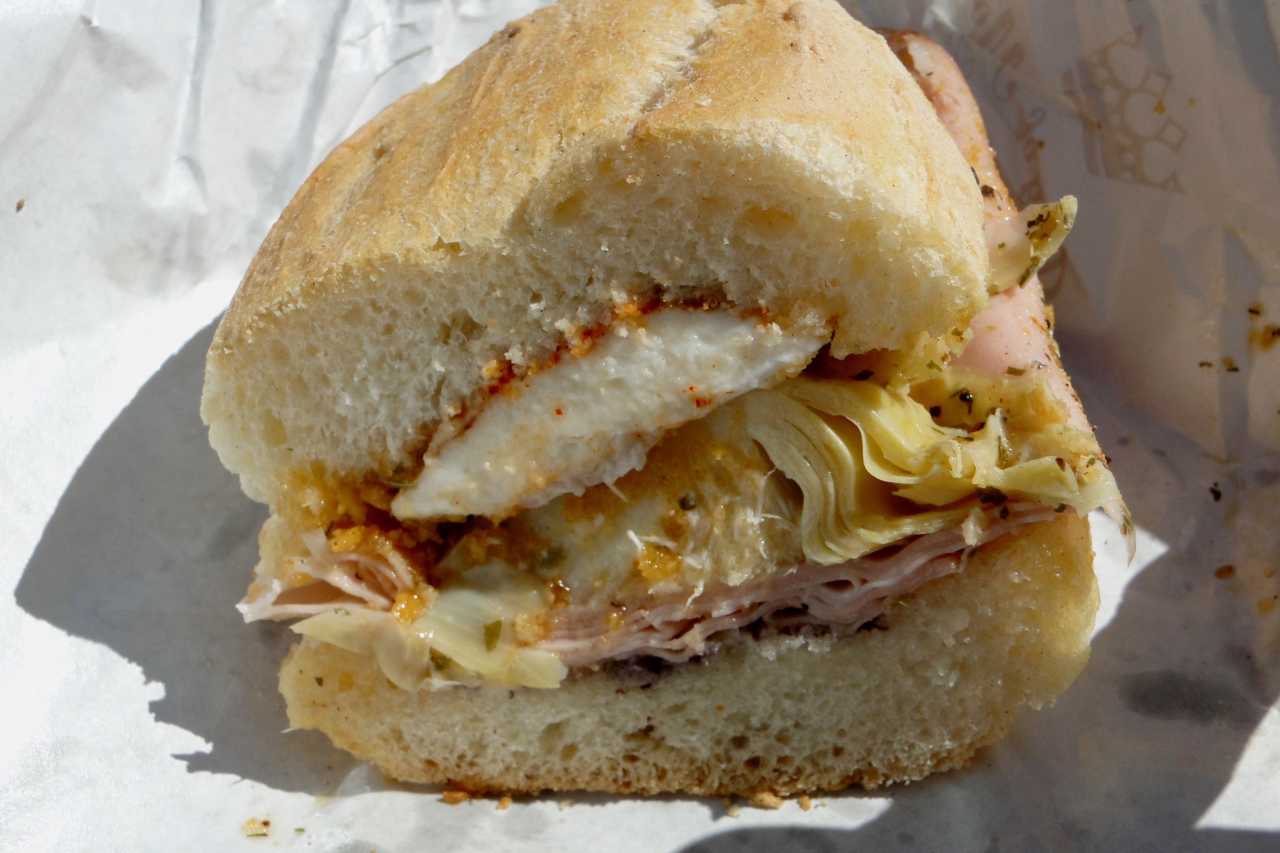
Giuseppe has he’s own recipes. Marinated artichokes go only on sandwiches with olive paste. All are topped with local fresh mozzarella, a sprinkle of dry herbs, seasoned toasted bread crumbs and pistachios. Finally they’re napped with balsamic vinegar.

To devour the King’s mortadella sandwiches our guides choose the park at the Nasparo Tower overlook. Part of a centuries old system of defensive towers, the location offered stunning coastal vistas. Eating one king’s bounty at this sight seemed fitting since both landscape and abundance were desirable to rival kings for all it’s history.
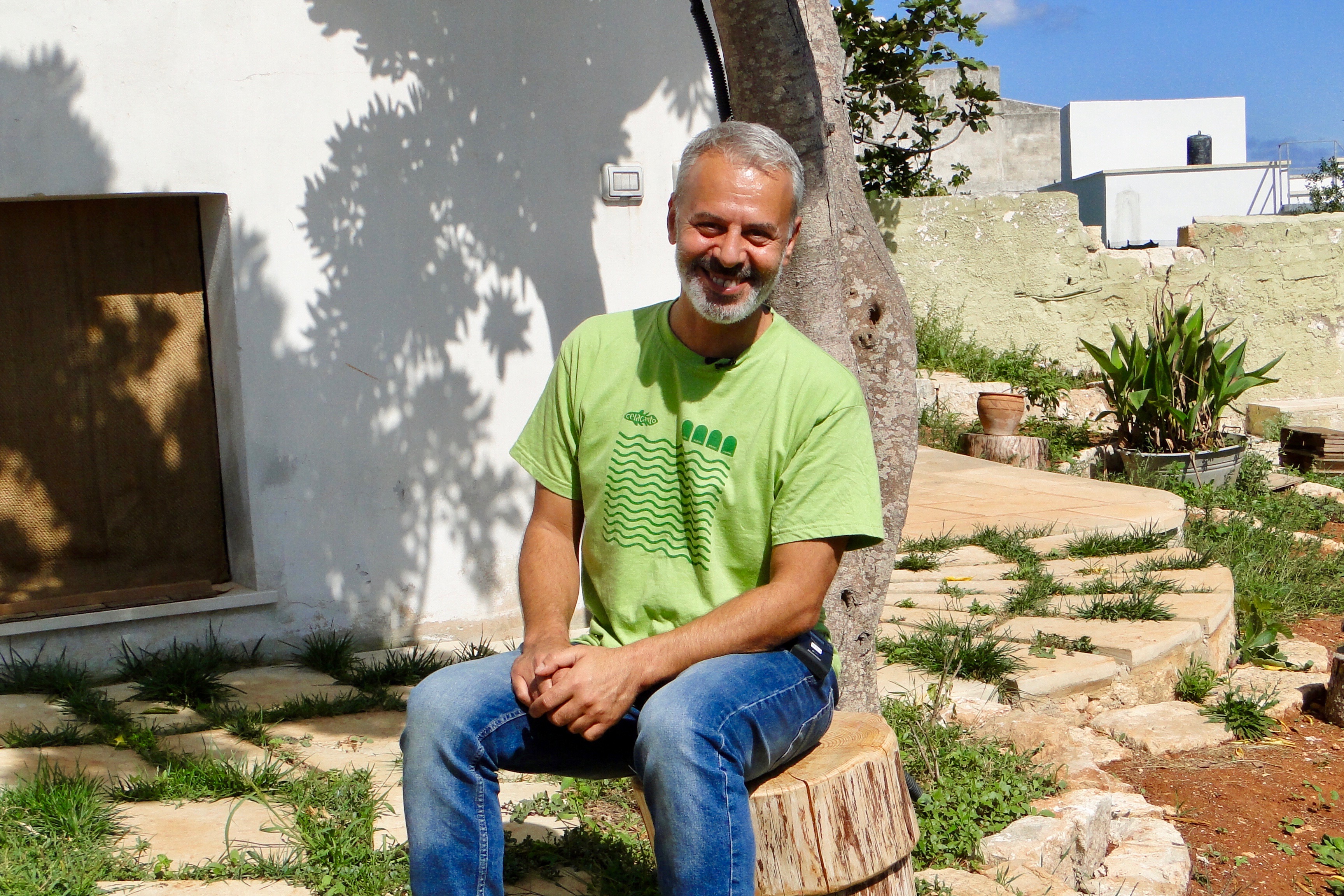
Philippo Messina invited us to pick fresh produce from Celecanto’s garden. He took us outside to the backyard. It’s a scruffy backyard with a million dollar view of the Adriatic Sea.
On closer inspection the yard was carpeted with a riot of low lying edible greens – the garden. Most of the vegetables looked like weeds: wild chicory, mustard greens, rape seed, dandelion greens, purslane, wild asparagus, a variety of rocket with white flowers, medicinal plants and fruit trees. It takes patience but foraging in one’s backyard is inspiring.
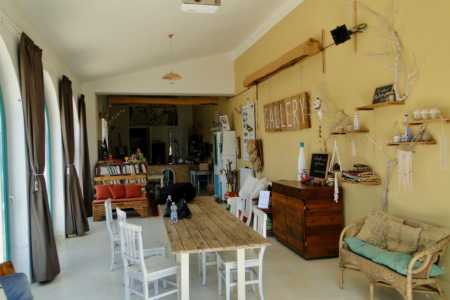
Celacanto started 20 years ago with a government grant to rebuild an abandoned house once used as a cycle shop as a co-op to promote everything local – gastronomy, music, writing, sculpture and the graphic arts. Local craftsmen, farmers and believers in what Philippo calls “active citizenship” volunteer to operate Celecanto.
All food is organic and what is not foraged is locally sourced. Furnishings are reused tables and chairs, not just recycled, with some brightly decorated. Classes and activities in cooking and art are offered. Celacanto has a free hostel in exchange for volunteer work and a bed and breakfast.
After participating in the preparation of the foraged ingredients lunch was a buffet of the possible. This was not “farm-to-table; it was “wild backyard to table” dining:

- Chicory was sautéed with garlic and chili pepper and accompanied with a broad bean (large fava) and chicory puree with wild fennel. The puree was a balanced foil to the garlicky, pepper chicory.
- Orchetta pasta (an Apulia specialty) was tossed with mixed greens including mustard and dandelion.
- A salad gleamed with purslane, walnuts, pomegranate seed, fresh figs and baby quince.
- A quince compote with lime cream, pomegranates and biscuits sautéed with cinnamon and cloves closed the meal on a sweet note. Very little sugar was added so the dessert was savory with natural sweetness.
- The wine was a local and organic rose. Nose of dry cherry with a slight sour cherry after taste. Refreshing and complimented the variety of wild flavors that composed the lunch.
Sante le Muse: reviving Puglia’s agriculture heritage
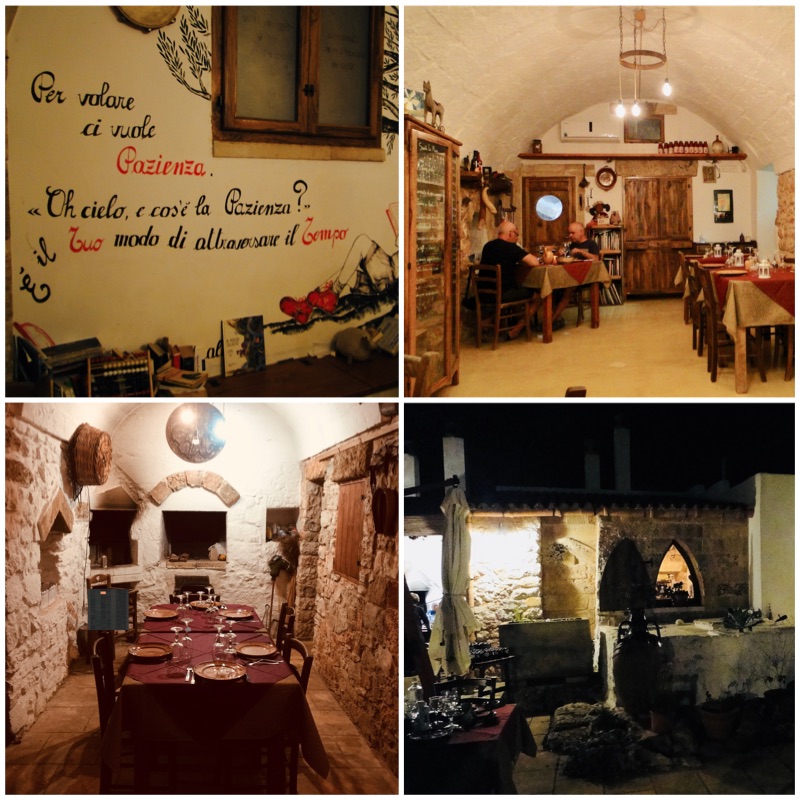
Sante Le Muse is an agrotourism center, farm and restaurant dedicated to cultivating the heirloom plants and seeds of Apulia. Twin goals are to increase the biodiversity of the Puglia region and serve as an educational center especially for children. Through planting, caring, drawing and cooking it is hoped the future generation will guarantee the future of wholesome, natural, local foods.
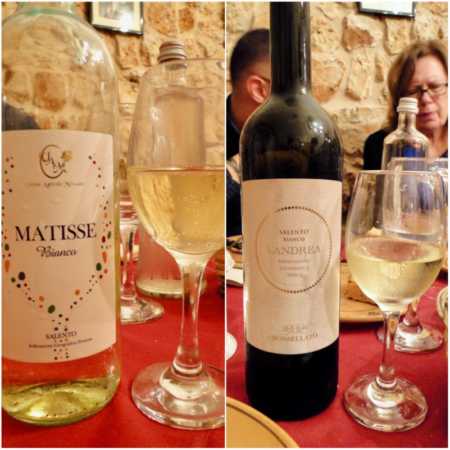
The Sante Le Muse restaurant is the restored farm mill. Within the comfortable rustic setting dinners are not just invited to eat. Books, newspapers and even traditional musical instruments are not simply decorations; guests are encouraged to read or play.
Dinner was a series of traditional small plates:

- Pumpkin was lightly stewed with seasoned breadcrumbs. It was paired with Critimi (sea greens) that grow on coastal rocks and have a fresh, slightly crunchy texture and the briny flavors of the sea.
- Pittule is a traditional Apulia savory fried “donut hole” flavored with capers and diced tomato.
- Frittata di pane (Bread Frittata) is a Puglia tradition.
- A sandwich of onion and tomato relish.
- Stewed eggplant with tomatoes.
- Sagne baked in foil and parchment. Sagne are trips of pasta dough rolled into fettuccine and then wrapped around a thin dowel into a spiral creating a rolled ribbon of pasta. Sante Le Muse tossed the cooked pasta with tomato, eggplant and cheese, wrapped it in parchment and tin foil and baked it in the oven.
- The braised rabbit – very tender, sweet and savory was the star of the dinner.
- Sante Le Muse brews it’s own dark beer which has a nutty flavor similar to a porter.
Coffee at Pasticceria “De Vito,” Alessano

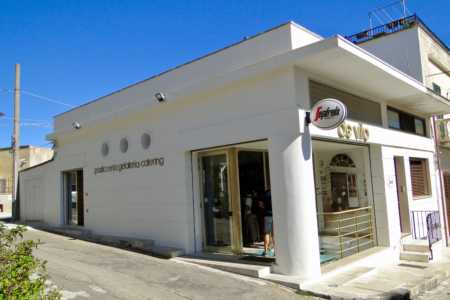
Coffee and baked goods have been a paired tradition ever since the drink was introduced to Europe in the 16th century. There is a stellar pasticceria in the charming city of Alessano. Pasticceria “De Vito” provides a perfect break when touring this city of culture, crafts, palaces and historic churches.
La Mucca Blu, imaginative cuisine in Barbarano del Capo
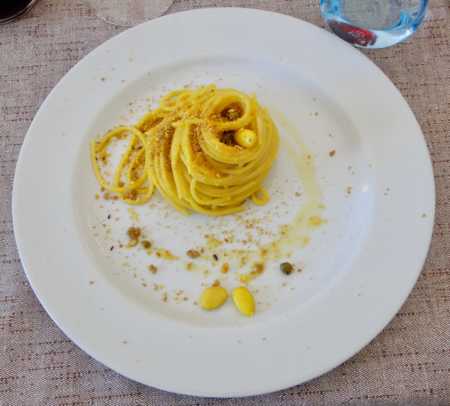
Lunch was, as usual, a series of shared dishes (in America it’s called “family style”). One superb dish, at least for me as a Chef, was the pasta with anchovies, almonds and capers. The pasta was made with the addition of turmeric giving the dish its rich deep color. The combination of anchovies (a Mediterranean specialty) almond and capers was a taste and textural sensation.

Lunch at La Mucca Blu, (The Blue Cow) offered the high quality Italians take for granted.
El Capitano Cortese, a disappointment in Morciano di Leuca

I must admit this was not a favorite. El Capitano Cortese is an attractive restaurant. The presentation of the dishes was artistic. Yet the flavor notes were often discordant. “I’ll add that,” I can imagine (as a chef) a cook saying, “whether it works or not.” – often it didn’t.
The dish where it definitely did not work was the one on the menu that intrigued me the most: pasta with sea urchin. Sea urchin is one of the great delicacies among seafood. Similar to oysters it has an intense umami, salty flavor and a smooth texture – and it’s expensive.
El Capitano Cortese forgot that a little sea urchin is all that’s needed to add a unique flavor. I assume they were not worried about cost because there must have been an entire handful of this delectable seafood in this dish – one ounce would be enough. It was sticky, gooey with a sea urchin flavor so overwhelming that I could not eat but more than half simply because it was not pleasant – that’s a rarity in my culinary life since I’ve enjoyed even insects in Asia and Mexico.
Unfortunately the pasta with sea urchin was the only dish that had flavor. The rest were attractive but lacked distinctive savory notes. Unfortunately as well, service was indifferent (almost rude) and slow – for that there was no excuse.
Hotel Ristorante Rizieri, celebrating Apulia seafood legacy in Santa Maria di Leuca
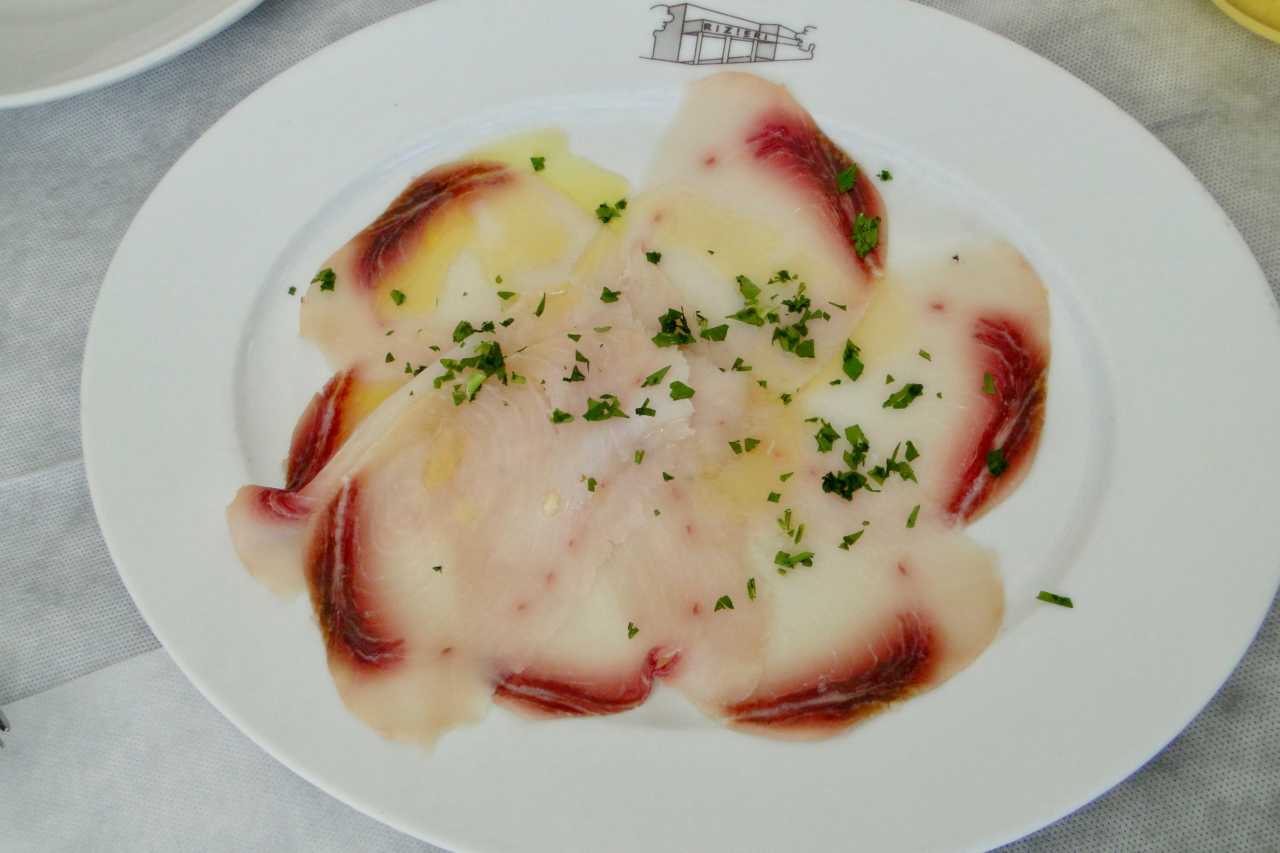
Apulia and the Eastern Mediterranean has a long history of eating raw and only slightly cured fish and seafood – think carpaccio and sashimi. Ristorante Rizieri excelled in presenting this legacy. There is no point in even trying to describe the taste sensations of fish and seafood fresh from these teeming water or to describe the subtle taste of olive oil, lemon, herbs, and vinegar that create carpaccio – it’s a personal experience.

To say the least, the plethora of small plates was a dream lunch.
Caffetteria Martinucci, iconic gelato in Santa Maria di Leuca

Just a short walk from Hotel Ristorante Rizieri is an obvious mecca for gelato as evidenced by the crowds is Martinucci . I think few people are not familiar with this traditional frozen dessert. Yet few people know how easy (and most frozen desserts) to make in the 21st century.
Gelato is neither ice cream nor sorbet. It’s very low in fat, like sorbet, but with a greater concentration of flavor ingredients. Pistachio (my favorite) has a particularly intense flavor. At Martinucci it’s possible to try many different flavors if you purchase them in really tiny cones – about 3 inches in size. Other Italian desserts are available such as incomparable cannoli
Torreantigua, culinary tradition in Morciano di Leuca

Torreantigua offers the epitome of Apulia/Puglia traditional dishes – horse meat stew. It may sound better in Italian (spezzatino di carne di cavallo) but it’s still “My Friend Filicka.” To too many in the world that creates images of eating Bambi.
Personally I have little patience with people who selectively choose which animals are acceptable to eat. It’s food; it’s tasty – get over it.
At Torreantigua the stew was exceptional. It was savory, earthy, full of herbs and very tender. It was one of the best meat stews I’ve eaten in a very long culinary career. The accompanying dishes were equally well prepared, and Torreantigua definitely is a must return next time in Apulia.

When you go: The southeast cities of Bari and Brindisi are the gateways to Apulia (Puglia) region. Both have direct flights as well as train service from Rome. Renting a car is advisable to explore the region.
Special thanks to the Municipality of Morciano di Leuca and its mayor Mr. Lorenzo Ricchiuti, the Puglia Region (POR Regione Puglia), the Association of Municipalities “Capo di Leuca,” our enjoyable and lively guide Maria Antonietta Martella, and to Mr. Evangelista Leuzzi of Quaros Consulting for facilitating the tour.
Travel with Pen and Palate every month to Greece and the world in the Hellenic News of America.
